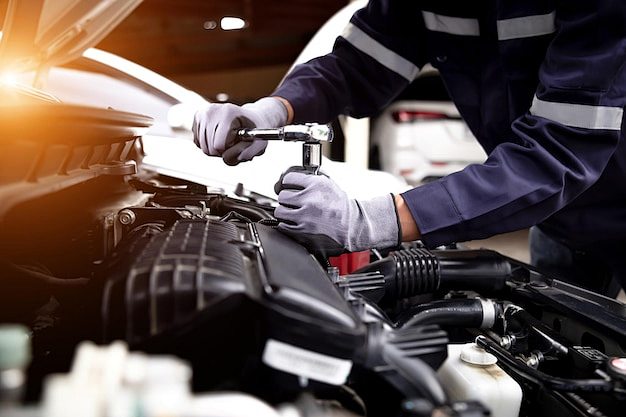1. Channel Comparison
1.1 Private Sellers: Lower Price, Higher Risk
Pros:
Typically 5–10% cheaper than dealers (no middleman markup).
More honest usage history (maintenance habits, accident details).
Cons:
No warranty (post-sale issues are your responsibility).
30% of odometer-tampered cars come from private sellers.
Complex paperwork (DIY title transfer).
Ideal For:
Experienced buyers who can inspect cars.
Those prioritizing maximum cost savings.
Risk-tolerant purchasers.
Case Study:
A 2018 VW Magotan priced at ¥125K (vs. ¥142K at dealers), but requires ¥2K clutch repairs.
1.2 Traditional Dealers: Convenient but Pricier
Pros:
Centralized inventory (easy comparisons).
Some offer 3–6-month warranties (engine/transmission).
Handle loans/paperwork.
Cons:
Prices inflated by 15–20% (profit + overhead).
"Cosmetic refurbishment" hides flaws (e.g., oil additives masking burns).
Bait-and-switch tactics.
Red Flags:
Demand refurbishment records.
Insist on a "no major accidents" contract.
Prefer established dealers with physical lots.
Dealer Types Compared:
| Type | Price Premium | Warranty | Example Brands |
|---|---|---|---|
| Large Chains | +15% | 1 year | Autohome, Youxinpai |
| Small Dealers | +10% | 3 months (core) | Local used-car markets |
| Independent Brokers | ±5% | None | Roadside flippers |
1.3 Online Platforms: Easy but Costly
Pros:
Transparent listings (some include inspection reports).
Easy price comparisons (e.g., Guazi, Renrenche).
7-day return policies (select platforms).
Cons:
4–9% service fees (Guazi charges 9%).
"Certified" cars may be overhyped.
Most inventory still comes from dealers (platforms are middlemen).
Platform Comparison:
| Platform | Inspection Criteria | Warranty | Fee |
|---|---|---|---|
| Guazi | 259-point check | 1 year/20K km | 9% of price |
| Renrenche | 249-point check | 1 year/30K km | 5% |
| Youxin | 315-point check | 3-day returns | 4% + interest |
2. Are "Certified" Online Cars Trustworthy?
2.1 Inspection Realities
Example: Guazi’s "Certified" cars
70% surface checks (paint thickness, interior wear).
No disassembly (OBD scans only).
History gaps (misses non-dealer repairs).
Real Case:
A "no-accident" 2020 Audi A4L was found with frame welds upon disassembly.
2.2 Warranty Pitfalls
Covers only engine/transmission (not wear items).
Repairs at designated shops (30% pricier).
Returns charge 5%/month depreciation.
Advice:
Pay for third-party inspections (~¥300).
Read exclusions (e.g., modifications void coverage).
3. Auction Channels: High Risk, High Reward
3.1 Court Repossessions
Opportunities:
30–50% below market (repossessed cars).
Some are low-mileage, nearly new.
Risks:
No pre-auction inspections (photos only).
Unpaid fines/parking fees.
Missing documents.
Tips:
Use official platforms (e.g., Ali Judicial Auctions).
Budget +20% for taxes/repairs.
3.2 4S Trade-Ins
Pros:
Complete service records.
Some include extended warranties.
Cons:
Prioritized dumping of problem cars (minor accidents).
Undervalued by 15% (requires new-car purchase).
Strategy:
Request the original owner’s trade-in contract.
Check for carbon buildup (common in city-driven cars).
3.3 Insurance Salvage Auctions
Only for parts/rebuilders.
Requires professional repair connections.
Legal risks: Some can’t be registered.
4. Final Recommendations
Beginners: 4S certified used cars (pricier but safer).
Value Seekers: Private sellers + third-party inspections.
Opportunists: Court auctions (with expert help).
Avoid:
Sellers who won’t share VINs.
Brokers demanding deposits for test drives.
Remember: No channel is perfect—match the option to your needs. Cross-shop prices and use inspection reports to negotiate.
Data sources: China Automobile Dealers Association, JD Power 2023 Used Car Report




.webp)

